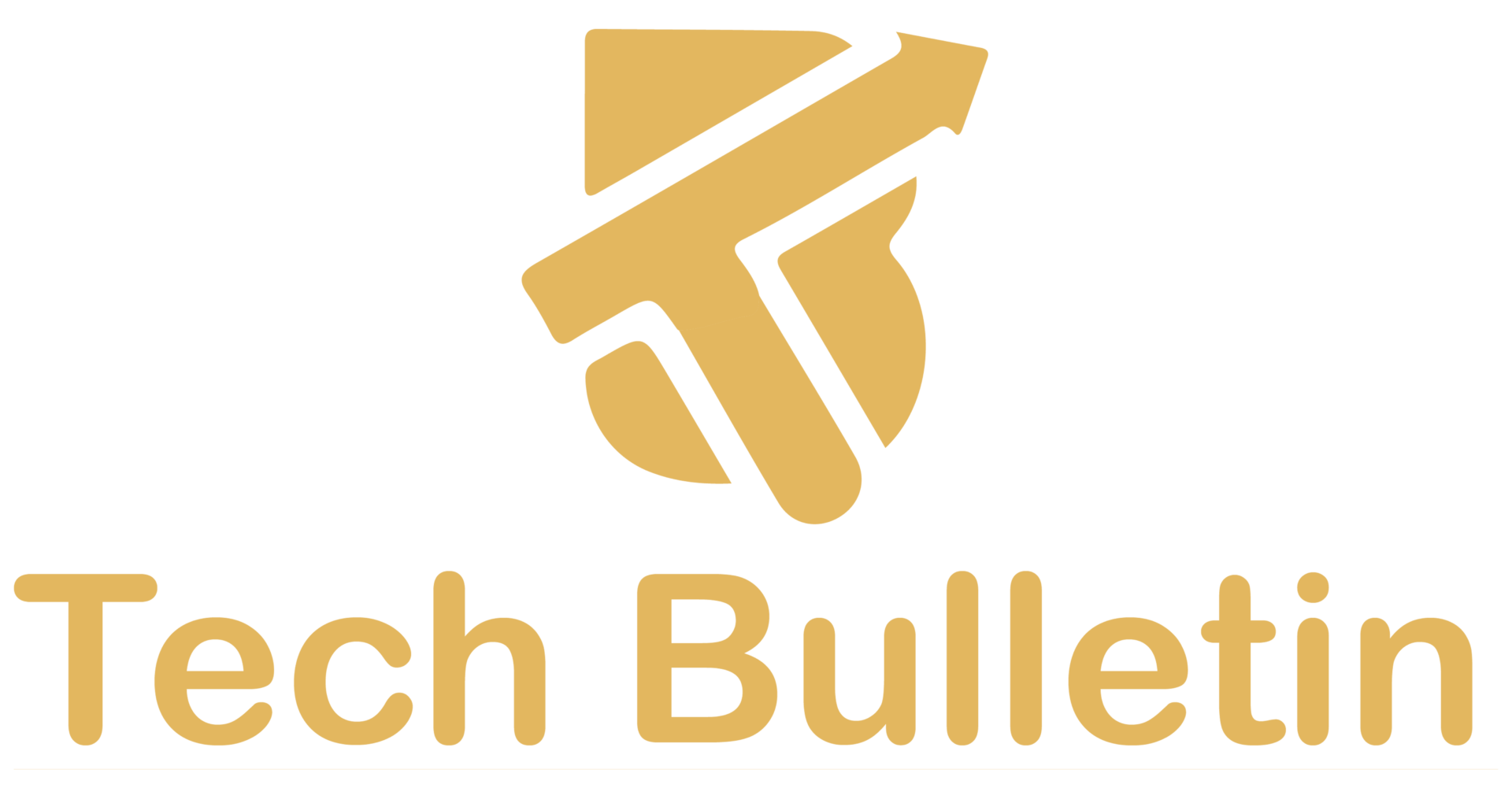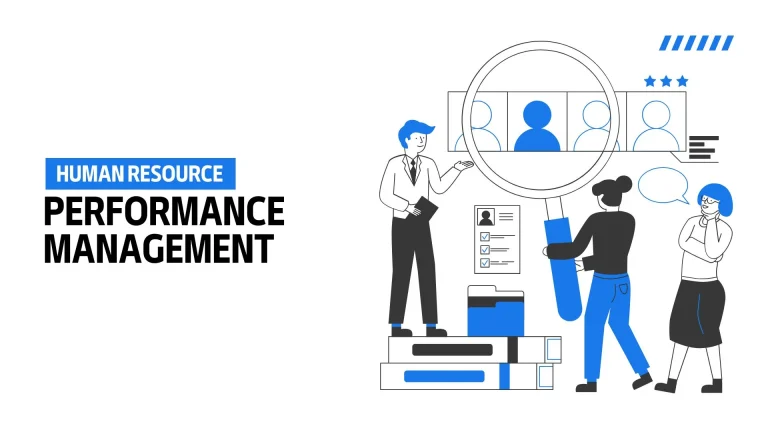Automated Compliance Tracking: The Ultimate Guide to Streamlining Regulatory Oversight
Compliance monitoring refers to the systematic review of procedures, policies, and practices within an organization to ensure they align with regulatory standards. Whether it’s financial reporting, data privacy, or workplace safety, compliance is essential for avoiding legal penalties and maintaining business integrity. In an increasingly complex regulatory environment, businesses are under pressure to manage compliance efficiently and accurately.
Traditional compliance efforts often involve manual processes, lengthy checklists, spreadsheets, and paper trails, which are prone to human error. The need for a more agile and reliable solution has led to the rise of automated compliance tracking systems.
Evolution from Manual to Automated Systems
The shift from manual methods to automated compliance tracking wasn’t sudden. It came as a response to the limitations and risks posed by traditional approaches. Manual tracking systems often lead to inconsistent record-keeping, missed deadlines, and increased vulnerability to audits or regulatory fines.
With the advent of digital transformation, organizations began adopting technologies that allowed them to track compliance activities more effectively. Automated systems emerged as the logical next step, bringing real-time insights, instant alerts, and comprehensive documentation all in one place.
Core Components of an Automated Compliance Tracking System
At the heart of every automated compliance tracking platform are a few fundamental components. Data collection is the first step, pulling information from various departments, platforms, and even external databases. This data is then monitored in real time, with algorithms checking for discrepancies or violations against predefined compliance rules.
Another crucial component is analytics. Automated systems provide dashboards and reports that help stakeholders understand trends, measure performance, and identify areas of risk. Together, these features allow businesses to maintain continuous compliance and respond quickly to any issues that arise.
How Automated Compliance Tracking Works
An automated compliance tracking system typically integrates with your existing IT infrastructure. Whether you’re using a CRM, ERP, or document management platform, modern solutions are designed to pull data seamlessly and begin monitoring activities in real time.
Workflows are automated, meaning that once a compliance rule is triggered, like a missed deadline or unauthorized access, alerts are sent out to relevant personnel. Documentation is also automatically updated, creating an audit trail that ensures accountability and transparency. The result is a streamlined process that reduces the workload on your compliance team while improving accuracy.
Industries That Benefit Most
While nearly every industry can benefit from automated compliance tracking, some sectors are more regulated than others. In healthcare, for example, compliance with HIPAA regulations is critical. Finance companies must adhere to SOX and AML laws. Manufacturers need to follow OSHA and environmental standards, and the tech industry is increasingly bound by data privacy laws like GDPR.
For these industries, the margin for error is slim, and the cost of non-compliance can be substantial. Automated systems offer these businesses a way to maintain rigorous compliance protocols without overburdening their staff.
Regulatory Standards Addressed by Automation
Automated compliance tracking systems are designed to adapt to a wide array of regulatory frameworks. Among the most common are the General Data Protection Regulation (GDPR), Health Insurance Portability and Accountability Act (HIPAA), Sarbanes-Oxley Act (SOX), and Payment Card Industry Data Security Standard (PCI DSS).
These platforms allow organizations to customize compliance parameters based on their industry requirements, jurisdiction, and operational structure. As regulations evolve, many systems offer updates to ensure continuous compliance.
Key Features of Modern Compliance Software
Modern compliance tracking tools come equipped with a suite of features that elevate their effectiveness. Real-time alerts notify you of potential breaches or overdue tasks. Dashboards provide visual representations of compliance health across departments.
Audit trails ensure that every change is logged, creating transparency and legal defensibility. Other common features include customizable checklists, role-based access control, and automated reporting tools.
Benefits of Automated Compliance Tracking
One of the most compelling advantages is increased operational efficiency. Tasks that once required manual input are now handled by algorithms, reducing the time and resources needed for compliance. Accuracy improves as human error is minimized.
These systems also enhance risk management by identifying potential issues before they escalate. Cost savings are another benefit, as businesses avoid fines, legal fees, and reputational damage associated with non-compliance.
Implementation Strategy for Businesses
Adopting an automated compliance tracking system requires careful planning. Start by evaluating your current compliance processes and identifying gaps or inefficiencies. Define your objectives, whether it’s reducing audit preparation time, improving accuracy, or enhancing visibility.
Next, select a vendor whose platform aligns with your industry needs and offers scalability. Train your team thoroughly and set KPIs to measure the success of the implementation. Regular reviews and system updates will ensure long-term effectiveness.
Common Challenges and How to Overcome Them
Despite their benefits, automated systems aren’t without challenges. Integration with legacy systems can be complex. Data privacy is another concern, especially when handling sensitive information.
To overcome these hurdles, work with vendors who offer flexible APIs and strong cybersecurity protocols. Include IT and compliance staff in planning discussions to ensure seamless adoption and stakeholder buy-in.
Cost Considerations and ROI Analysis
The initial investment in compliance software can be significant, especially for smaller organizations. However, the return on investment becomes clear when you factor in the reduction of regulatory fines, legal costs, and operational inefficiencies.
Long-term gains include better resource allocation, improved decision-making, and enhanced company reputation. Many vendors offer tiered pricing models, allowing businesses to scale their investment based on need.
Real-World Case Studies and Success Stories
Several organizations have already reaped the benefits of automation. A mid-sized healthcare provider reduced audit prep time by 60% after implementing a compliance tracking system. A fintech company successfully passed a regulatory inspection without a single penalty due to its real-time alert system.
These success stories highlight the transformative potential of automation in compliance tracking.
Choosing the Right Compliance Tracking Tool
When selecting a solution, consider factors like ease of use, customization options, and vendor support. Evaluate multiple platforms through demos and trial versions. Talk to other users in your industry and read independent reviews.
Don’t just go for the cheapest option; focus on long-term value and reliability. The right tool should grow with your business and adapt to future regulatory changes.
The Future of Compliance Automation
The future of compliance lies in predictive analytics and artificial intelligence. These technologies can forecast potential breaches based on past trends, allowing businesses to be proactive rather than reactive.
Machine learning will further refine automated systems, enabling them to adapt to new regulations with minimal manual input. As automation continues to evolve, expect to see compliance become not just a necessity but a strategic advantage.
FAQs
What is automated compliance tracking?
It’s a digital system that uses software to monitor, record, and report compliance-related activities, ensuring organizations meet regulatory requirements in real time.
Is automated compliance tracking suitable for small businesses?
Yes, many solutions are scalable and offer pricing tiers that make them accessible for smaller companies.
How secure are automated compliance systems?
Most modern platforms use encryption, role-based access, and multi-factor authentication to ensure data security.
Can these systems integrate with existing software?
Yes, many compliance tools are designed to integrate seamlessly with existing CRMs, ERPs, and databases.
What kind of support do vendors provide?
Most offer onboarding support, training materials, 24/7 customer service, and periodic system updates.
How often should the system be reviewed?
Regular reviews every quarter are recommended to ensure compliance parameters are up-to-date and system performance remains optimal.
Conclusion
Automated compliance tracking is more than just a technological upgrade; it’s a strategic investment in your company’s future. By minimizing human error, increasing efficiency, and ensuring real-time oversight, these systems provide a competitive edge in today’s fast-paced regulatory environment. As compliance demands continue to grow, embracing automation isn’t just smart, it’s essential.






